|
February 1st. Snow season in many parts of the world. Where I grew up in the north west of the UK it was a rare occurrence. No sooner had it fallen than it tended to be reduced to mush as snow turned to icy rain or the salt spreading lorries did their work. Snow has always fascinated artists. The play of winter sun on snow, the transformation it effects on the landscape. In a recent New York Times article www.nytimes.com/2021/01/19/t-magazine/paintings-snow-winter-art.html snow evokes "an emotional registry of feelings - smallness, sublimity, foreboding, tranquillity". You would think that depicting snow in paint or print an easy task. Its just white, right? And indeed if you are the Japanese master woodblock artist Hokusai (see above) it must have been simple enough to use the creamy white of the washi paper alone to signify snow. Monet and the impressionists brought a new vibrancy to the subject. Just look at this painting below, "The Magpie". What captivates the eye is not so much the whiteness of the snow but the way it reflects and intensifies the colours of its surroundings - that pale indigo-grey shadow brings the whole scene to life. There is something magical, something other-worldly about snow. About its power to transform a landscape. As a child, opening the bedroom curtains to find the world remade anew in a crisp white freshness. Creating wonder. Like sakura cherry blossom which lasts only a few short days, the snow will melt away soon enough. This transience only adds to its lustre. From 11th-23rd February I will be showing some oil paintings in a joint exhibition with wood turning friend Ian Hayden at galleryfield.com/ many of them depict Japanese snow scenes. Come visit to see for yourself if you can! Finally, a poem I composed way back in January 2008 whilst luxuriating in a rotenburo in snow-swathed Zao....
1 Comment
|
AuthorSimon Dalby Archives
December 2023
Categories |

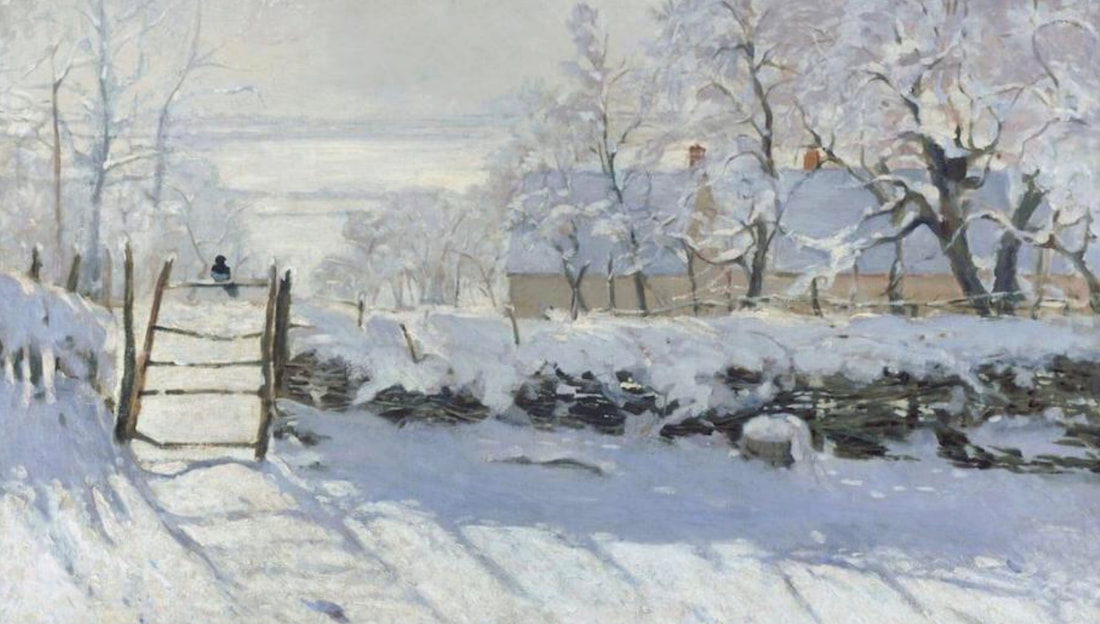

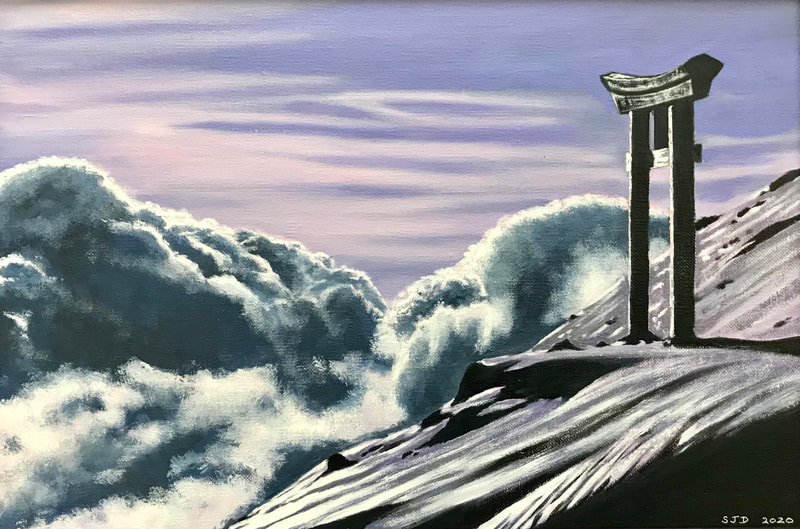


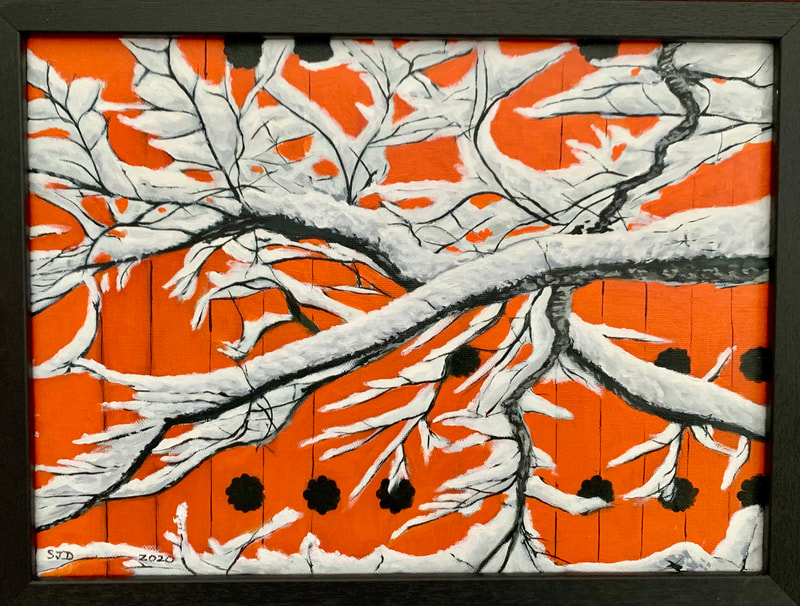
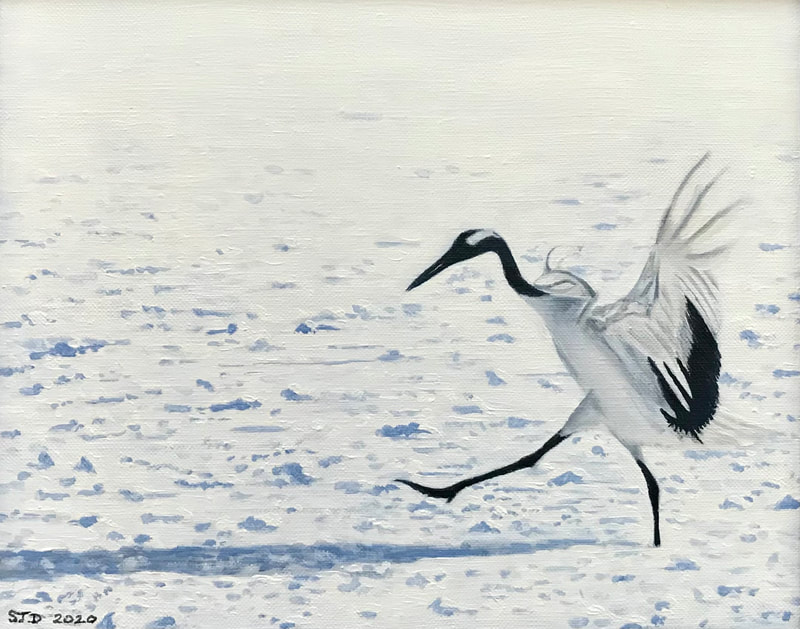
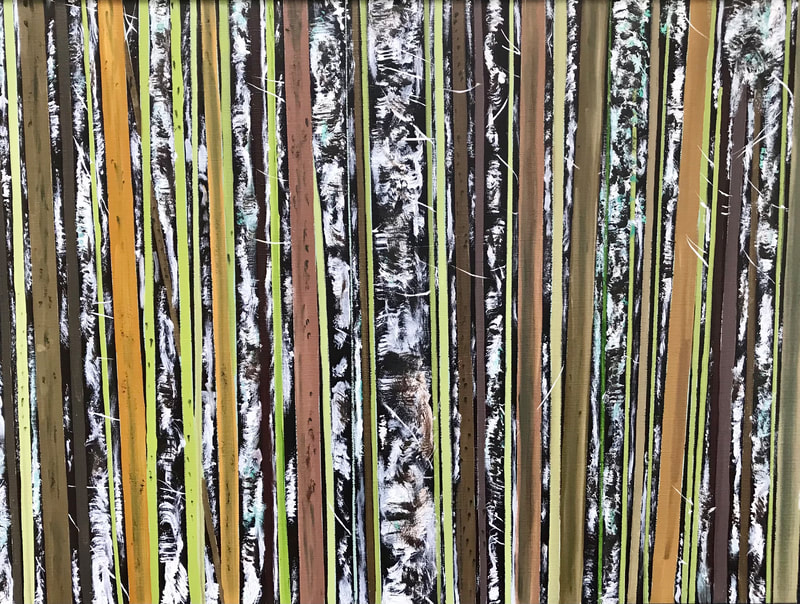

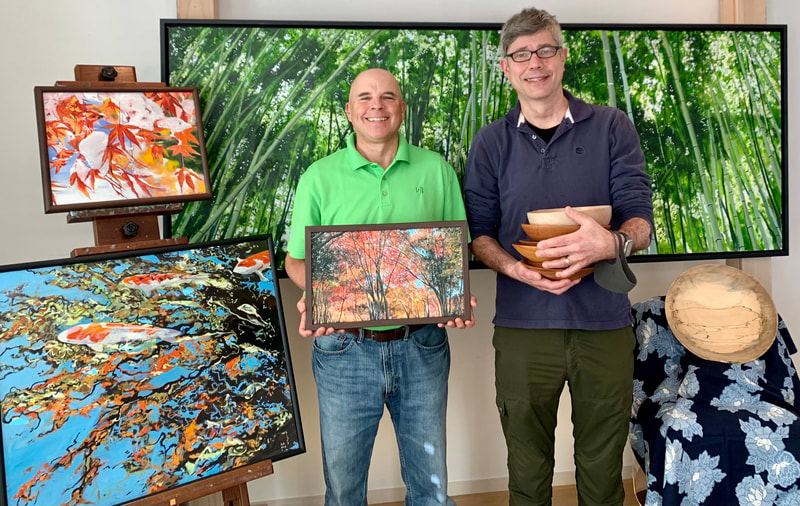

 RSS Feed
RSS Feed